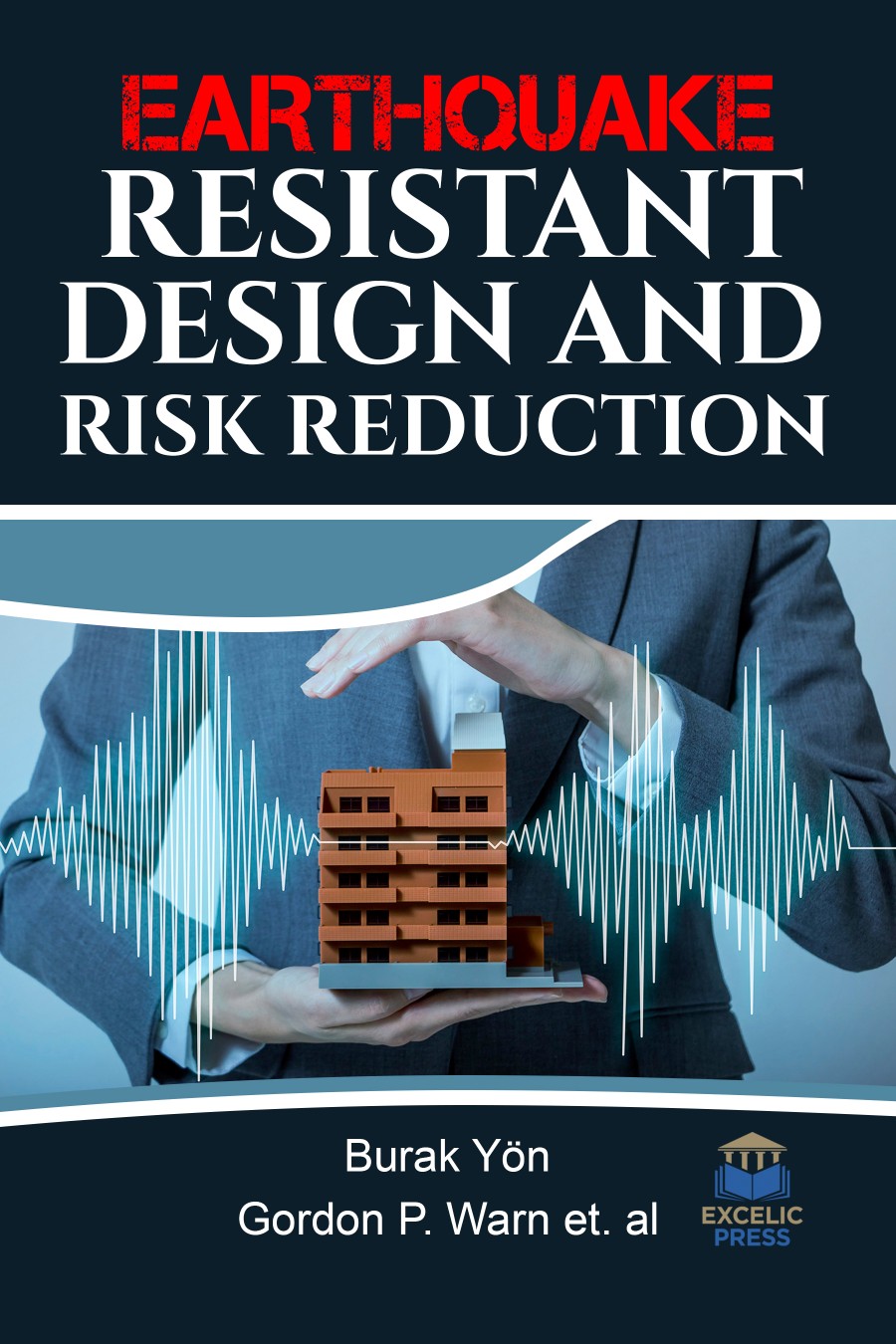Whenever there is an earthquake-related disaster in the news bulletin with depictions of distorted buildings and other structures dispersed all over the place, one may doubtless think that earthquake-resistant design of structures is quiet in the dark ages. Obviously, the aim of professionals engaged in the field of earthquake-resistant design is to generate several cost-effective design solutions to make structures less vulnerable to earthquakes, even large earthquakes. As one of the most devastating natural events, earthquakes impose economic challenges on communities and governments. The number of human and economic assets at risk is growing as megacities and urban areas develop all over the world. The earthquake events have not only inflicted human and physical damage, they have also been able to cause considerable economic conflict in vulnerable cities and regions. The importance of the economic issues and the consequences of earthquakes attracted the attention of engineers and provided new research and working opportunities for engineers, who up until then had been concerned only with risk reduction options through engineering strategies.
This book ‘Earthquake Resistant Design and Risk Reduction’ is packed with the comprehensive information on recent development in earthquake-resistant structures, such as, buildings, bridges and liquid storage tanks. It contains chapters covering several interesting research topics written by researchers and experts in the field of earthquake engineering. The book covers seismic-resistance design of masonry and reinforced concrete structures to be constructed as well as safety assessment, strengthening and rehabilitation of existing structures against earthquake loads. It will also discuss the factors which will define the success of earthquake-resistant design concepts, approaches and techniques in the coming years.
This book is an valuable guiding tool to civil and structural practicing engineers, researchers and postgraduate students in earthquake engineering and engineering seismology, policy makers and risk management officials.













